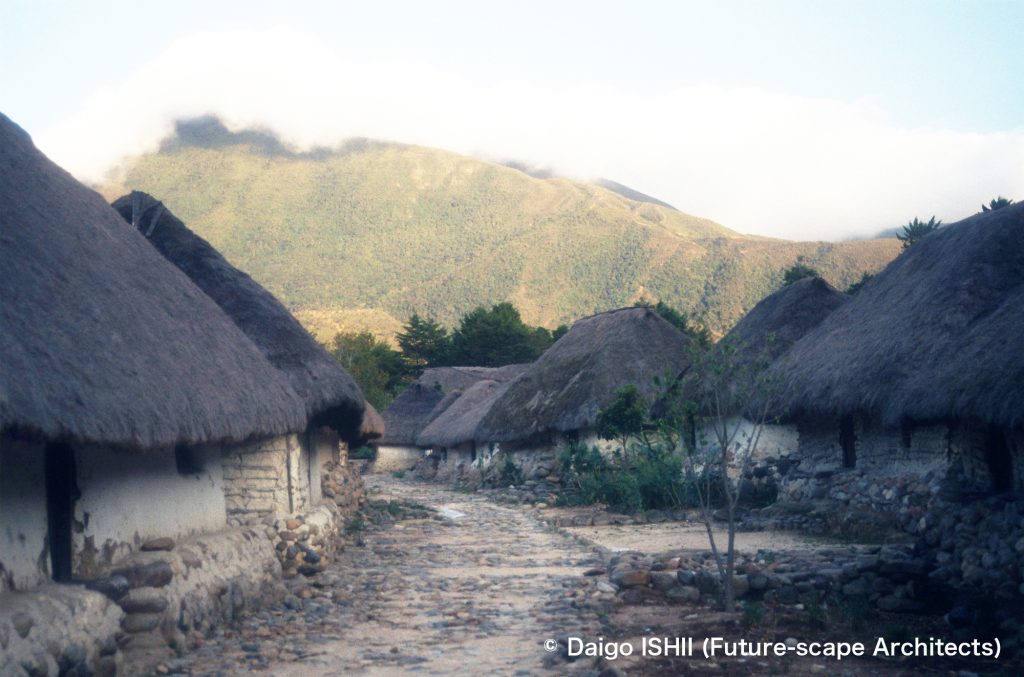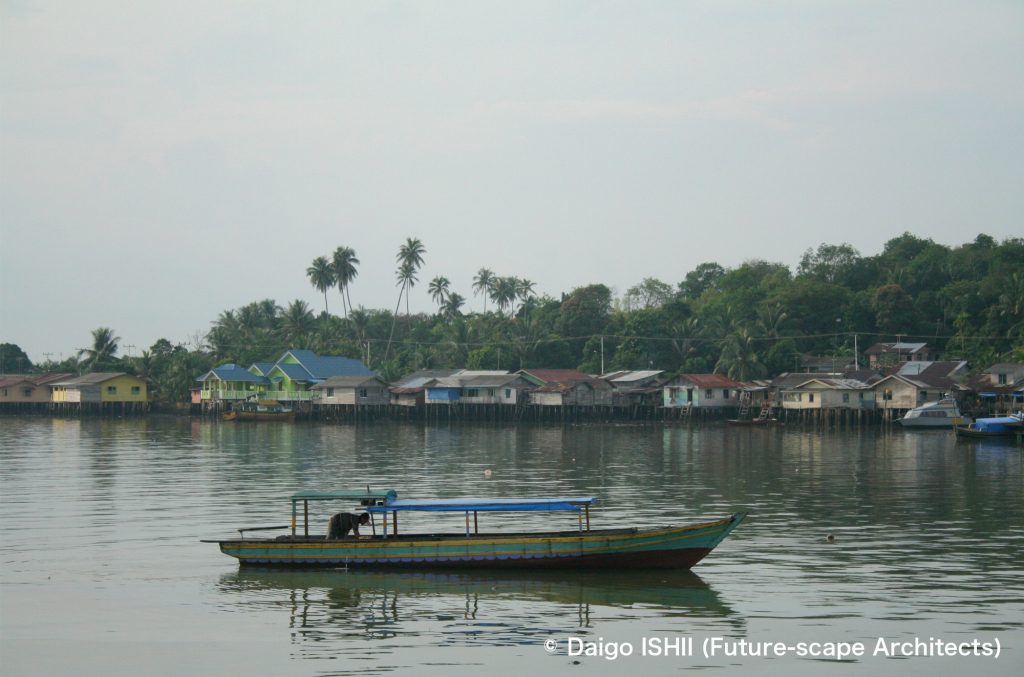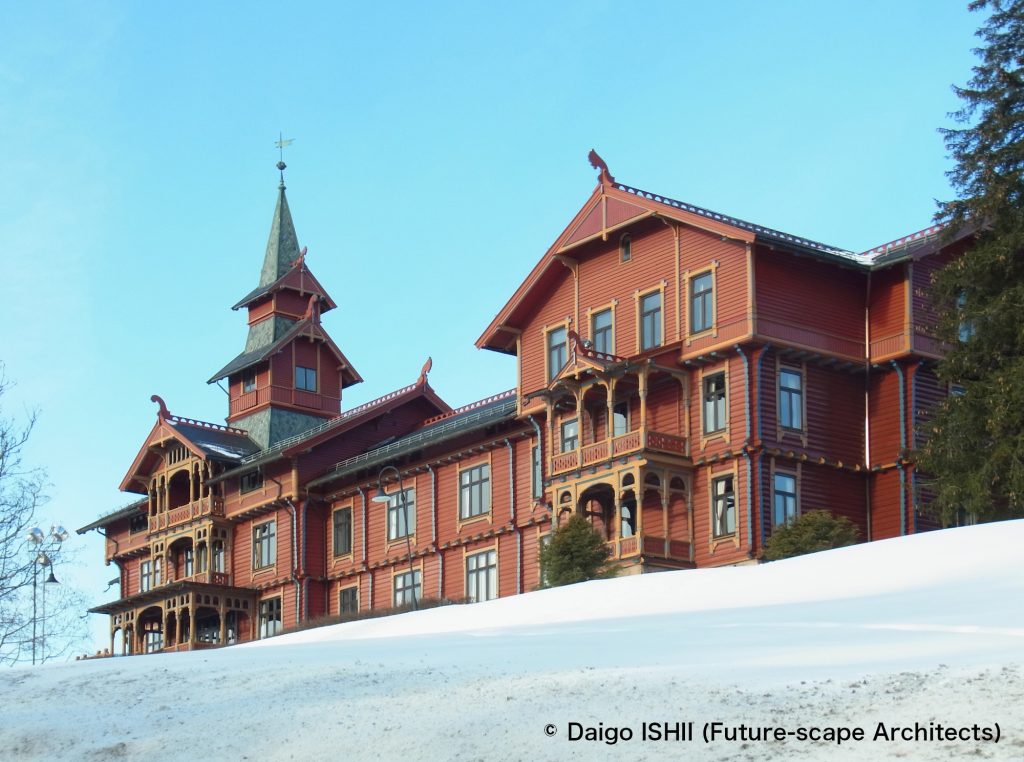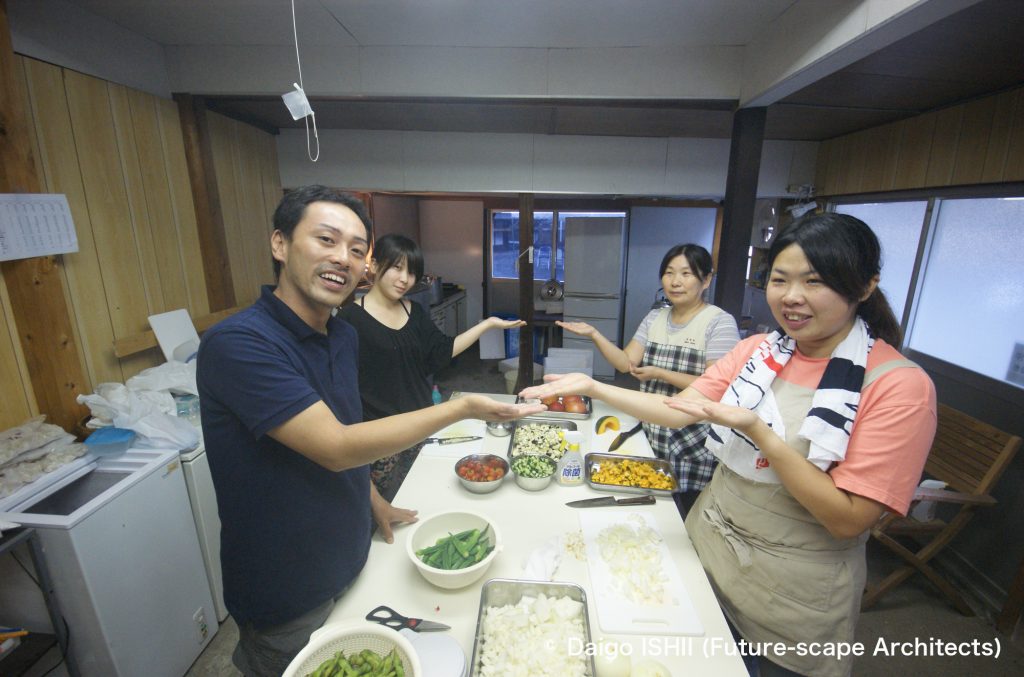ウクライナに関する投稿記事のみ、実際の旅行体験に基づいていません。/ Only posts about Ukraine are not based on my actual travel.
ウクライナが舞台の映画で想い出すのは、「戦艦ポチョムキン」と「ひまわり」、そして「屋根の上のヴァイオリン弾き」。
The films shot in Ukraine remind me of "Battleship Potemkin" , "Sunflower" , and "Fiddler on the Roof."
映画では大平原の小さな村に見えましたが、キーウ(キエフ)から、今は電車で30分の郊外にあるボヤルカをモデルにしたそう。Google Mapsを見ると、ベッドタウン的な地区もあります。
The village in the film looked like a small village on the Great Plains, but, the model of the village was BoyarKa which was located in the suburbs, a 30-minute train ride from Kyiv now, and, it seems to be a commuter town.
19世紀後半のユダヤ人排斥運動を背景にした映画の終盤、ユダヤ系の主人公たちは国外へ出て行きます。そして、キーウ(キエフ)には、バビヤールという、第2次世界大戦中にホロコーストの行われた場所もあります。
The backdrop of the film is the Jewish exclusion movement Pogrom in the latter half of the 19th century. At the end of the film, the Jewish protagonists went abroad. In Babi Yar in Kyiv, the Holocaust took place during World War II.
ウクライナにとって微妙な歴史が気になったのは、今、ウクライナを統率し、国民から高い支持を得ているゼレンスキー大統領が、ウクラナイ系ユダヤ人ということ。ユダヤ系排除の歴史に触れなかったソ連が崩壊した1991年からの30年の歳月で、ウクライナの社会が成熟した証に見えます。バビ・ヤールに碑ができたのが1991年、ゼレンスキー大統領の芸人としての活躍が始まったのが1997年。負の歴史に光を当てることへの国内の摩擦もあるようですが、ユダヤ系大統領を2019年に選出するまでになったのは、自由主義の浸透と、多様性を受け入れる社会が育ったことに思えます。それが専制主義への対抗の原動力。
The reason why I refer to Ukraine's delicate history is that President Zelensky is a Ukrainian Jew. It seems that Ukrainian society has matured over the 30 years since the collapse of the Soviet Union, which didn't touch the history of Jewish exclusion. The monument established in 1991 stands on Babi Yar. President Zelensky's career as an entertainer began in 1997. Even if domestic friction on the negative history exists, that led to the election of a Jewish president shows the permeation of liberalism and the diversity of society. It is the driving force of resistance against tyranny.
ご感想はこちらへ / Click here for your impressions
参考文献 / reference
Wikipedia











